Avatar: The Last Airbender and Structural Perfection on TV
Avatar: The Last Airbender, The Wire, and 24 are just some of the shows that embrace television’s serialized structure.
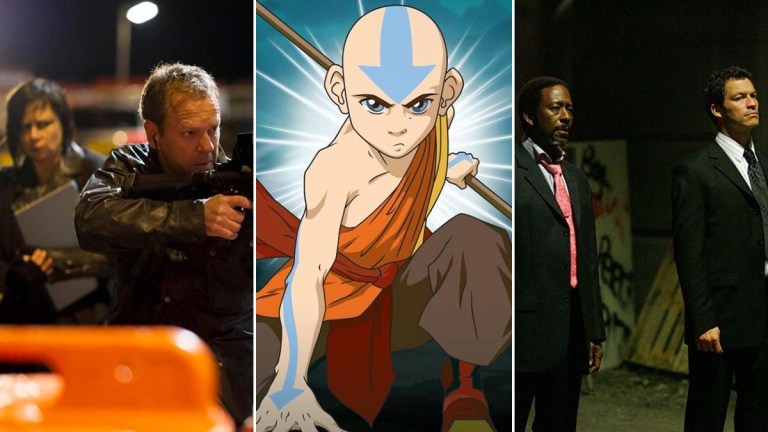
Nickelodeon’s Avatar: The Last Airbender is a superb television show for many reasons. The animation is lush and beautiful, the characters are richly-realized and human, and the action is relentless and thrilling, never giving in to the puritan notions of what “children’s entertainment” can or cannot depict.
There’s another, more underappreciated, reason for Avatar’s success however. The series quite simply knows exactly how much story it needs to tell and how to structure said story. Avatar: The Last Airbender lasted for three brilliant seasons, each one given an appropriate subtitle (Water, Earth, Fire) to complement the “Last Airbender” portion of its name, and each one featuring 20 half-hour episodes (though the final season was generously granted one extra installment).
Avatar: The Last Airbender was primed for success, and perhaps even perfection, through its very structure. Creators Michael Dante DiMartino and Bryan Konietzko were given a wide latitude to assemble the story as they saw fit, and they took advantage of that autonomy with three neatly-crafted seasons. In doing so, they helped highlight what has historically made television such a useful storytelling medium in the first place. Though the lines are increasingly blurred as both films and TV series steadily migrate into the streaming universe, one advantage that television has often enjoyed is the gift of serialization. And with that serialization comes a certain structure.
A good scripted TV show isn’t just one story, but a whole mosaic of stories making up a larger purpose. Any given episode of television is balancing the story of that episode, the story of its season, and the story of the entire series. Avatar: The Last Airbender is just one of several TV shows that understands and uses television’s storytelling potential with its structure. With Avatar now streaming on Netflix, we’ve decided to take a deeper look at what makes it so structurally perfect, and assemble other shows that have invested in sound storytelling framework.
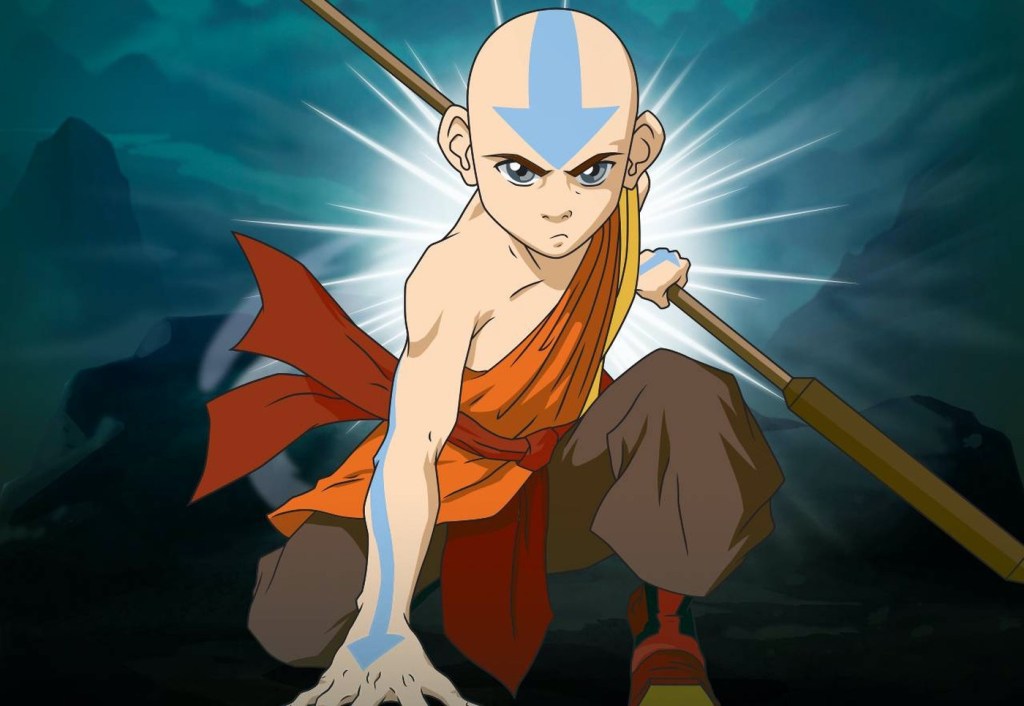
Avatar: The Last Airbender
The thing about TV shows and childrens’ animated TV offerings in particular is that, if they’re successful, there’s really no financial incentive to ever let them end. As long as people are watching and advertisers are paying, why should Nickelodeon ever call it a day on something like SpongeBob SquarePants? That’s what makes Avatar: The Last Airbender such a remarkable storytelling feat for its medium. Its three seasons represent the perfect amount of time for its story.
Avatar is set in a world populated by four nations each named after a classical element: Air Nomads, Fire Nation, Earth Kingdom, and Water Tribe. Some individuals known as “benders” are able to magically manipulate the element of their homeland. The people of these societies all live in a stable equilibrium largely thanks to a magical arbiter known as the Avatar. The Avatar is able to control and bend all four elements to keep the peace and after he or she perishes, the magical cycle continues and a member of the next nation in line becomes the new Avatar.
Of course, as the show’s opening narration intones: “everything changed when the Fire Nation attacked.” Hoping to achieve world dominion, The Fire Nation began subjugating its neighbors and even killed every airbender it could find to bring the cycle of the Avatar to an end. They failed in that mission, with the next Avatar, Aang, escaping and becoming preserved in ice. The series follows Aang as he and his companions try to continue his training so that he can master all the elements and confront the Fire Lord Ozai. As such each season (or “Book”) is named after the element that Aang is trying to learn.
What’s so satisfying about the experience is how the structure of the show (including its delineation into distinct “Books”) enhances its story. Aang is fluid and unrefined in the beginning…not entirely unlike water. Then in book two he becomes more grounded and assured…like Earth. Finally the genial young boy must learn to tap into his aggressive, fiery nature to defeat Ozai and save the world. Three is a conceptually and symbolically powerful number to begin with, and by tapping fully into its three-season potential, Avatar: The Last Airbender is a miracle of logistics as much as it is of storytelling.
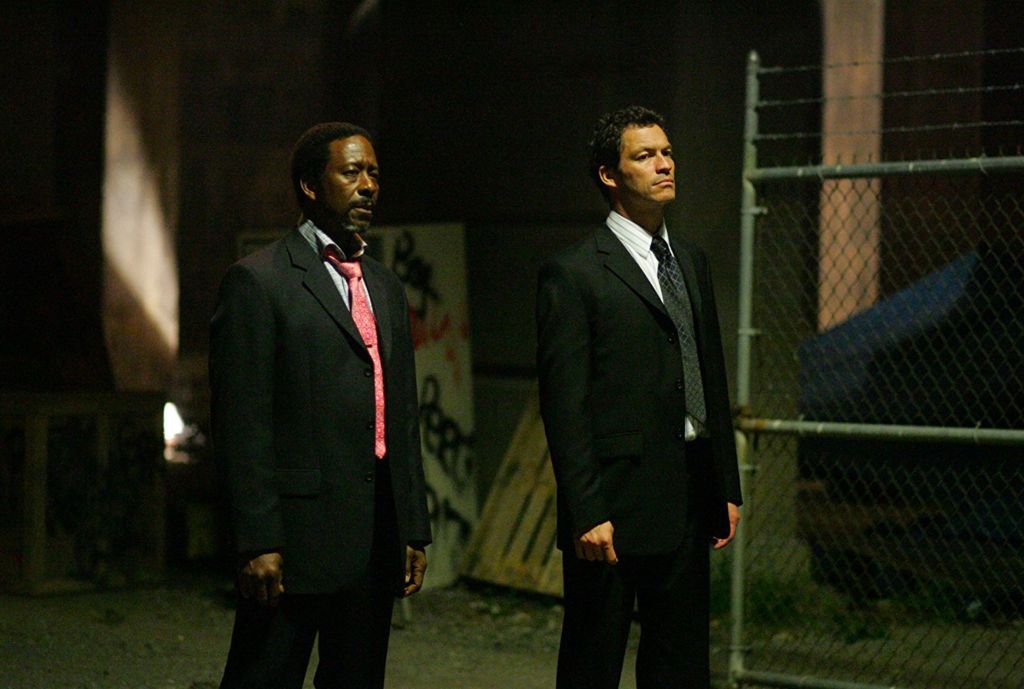
The Wire
The Wire is a popular choice among critics and historians for the greatest TV drama of all time. Central to the show’s success is its scale and structure. The first season is a classic “cops and robbers” tale, albeit with elevated depictions of flawed cops and flawed robbers. That season did such a good job of examining the civil dysfunction within the Baltimore police department that creator David Simon decided to just go ahead and examine the civil dysfunction at every level of Baltimore society.
The Wire season 2 continues the policing plotline but adds in a vignette about the fall of the working class through the eyes of a family of blue collar dock workers. Season 3 then takes on local politics, season 4 addresses the city schools, and season 5 takes on the media. Through five distinct yet connected seasons and 60 episodes, The Wire compellingly depicts the rot at the core of American institutions. Tackling a topic as big as the dysfunction of American democracy is a huge undertaking. The Wire makes it look easy by trusting in its own system.

Friday Night Lights
Friday Night Lights is startling similar to The Wire in terms of its structure. Both shows are essentially two trilogies condensed into five seasons. Just as The Wire wraps up its first Avon Barksdale/Stringer Bell “trilogy” while introducing a new Marlo Stanfield-centric one in its third season, Friday Night Light’s third season straddles the ending and beginning of two different eras.
Through its first three seasons, Friday Night Lights is a stunning and empathetic portrait of small town life in America where the one thing everyone looks forward to is high school football on Friday nights. Then, in the same third season in which it wraps up its Dillon Panthers storyline, the series sows the seeds of a new one with the introduction of the East Dillon Panthers. East Dillon takes the show to another level by introducing a community that faces the same small town ennui as Dillon but with fewer resources to distract themselves with a competitive football team.
Of course, Friday Night Lights season 2 stands out quite clearly as being the fly in the ointment in terms of the show’s structural “perfection.” The season got off to a rough, overly dramatic start and then couldn’t get around to a conclusion thanks to the writer’s strike. But we’ll give it a pass on that as Friday Night Lights’ “two trilogies in five seasons” approach to storytelling is one the most structurally compelling strategies ever on network TV. And the end result is a gloriously moving and profound story.
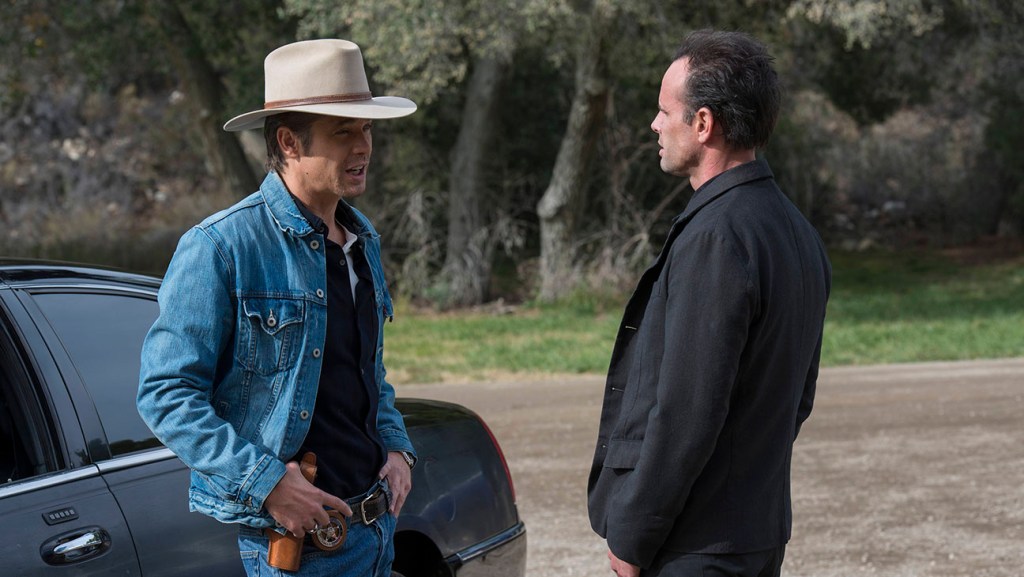
Justified
Recall from the intro our observation that TV shows are working on three levels of storytelling simultaneously with episodic, season, and series plots. There might not ever be another show that understands the importance of each of those story levels than Justified.
Justified excels in all three facets of TV plotting to an incredible degree. The series arc follows the subtle trauma that U.S. Marshal Raylan Givens (Timothy Olyphant) experiences upon being asked to return to his small coal-mining hometown of Harlan, Kentucky. Each moment of the series is saturated with that unspoken historical context that Raylan is policing people who he very easily could have dug coal with in another lifetime.
On top of that Justified then adds a compelling season-length storyline for each of its six seasons. Every batch of Justified episodes comes along with a new “big bad” villain and an exciting story arc that picks up in episode 1 and then is neatly wrapped up by the finale. Then, while Justified serves its season and series-length stories, it makes sure that just about every individual episode feels distinct and unique with its own beginning, middle, and end.
Of course, this appreciation of layered storytelling is not unique on television. In fact, it’s kind of the whole point when doing it right. In the ‘90s, shows like The X-Files and Buffy the Vampire Slayer fully realized the “monster of the week” and “season big bad” potential of genre storytelling on TV. But few TV shows in recent memory have executed the concept as deftly as Justified.

24
The structural creativity to 24 is apparent right from the get-go. As the show’s title describes, each season of the Jack Bauer (Kiefer Sutherland) spy actioner takes place over the span of one day…or 24 hours. That was a revolutionary approach to structure on television at the time it premiered in 2001 and it still remains pretty radical today. But the success of 24’s structure goes even deeper than that original concept.
The arc of the series is fascinating as it tracks one family man’s descent into something almost cartoonishly violent and inhuman. By the time that Jack signs off from his final day in season 8 and begins a life on the lam, it’s a tremendous relief that he can no longer hurt himself or others. 24 definitely succeeds in the “series”portion of its TV storytelling obligation, and thanks to some other ambitious plotting, it succeeds on a seasonal level as well.
Just about each season of 24 (save for a wild card fourth season) is structured in a similar way. The first 16 hours detail Jack’s effort to save the day and then the final 8 hours find Jack looking for the real power behind the curtain that put that season’s terrorist campaign into play. Through 7-to-8-ish seasons of 24, you could practically set your watch to the rhythms of 24’s plotting. That didn’t necessarily make it the best show of its time (and it has aged quite poorly to be honest). It does, however, make it a structurally ambitious show that approaches true TV formatting perfection.

Eastbound and Down
All of Danny McBride’s TV projects could generally be described as “bildungsromans for American idiots.” Nowhere is that format clearer than in his first effort created alongside frequent collaborators Jody Hill and David Gordon Green. Eastbound and Down follows the rise and fall and fall and fall and fall of colorful ex-MLB pitcher Kenny Powers (McBride). The first season sets the tone for everything to come by having the failed pitcher return to his hometown of Shelby, North Carolina to get a job as a gym teacher.
It’s not until Eastbound and Down’s subsequent seasons that the genius of its structure becomes apparent. For while season 1 finds Kenny in Shelby, season 2 relocates him to Mexico where he tries to revive his baseball career. Then in season 3, Kenny returns to the Carolinas (this time in Myrtle Beach) to continue that flagging baseball career and develop a mutually destructive relationship with a younger player. Then the story concludes in season 4 with Kenny resigned to his life as a quiet family man before he realizes that there’s still room to misbehave in a post-baseball life.
Eastbound and Down’s four-season arc is particularly satisfying because when you chart the highs and lows of Kenny Powers in terms of action and excitement, the story resembles a bell-curve. The beginning finds Kenny dealing with life without baseball, the middle thrusts him back into baseball, and the ending takes him out again. The experience is not entirely unlike rounding the bases and arriving back at homeplate.
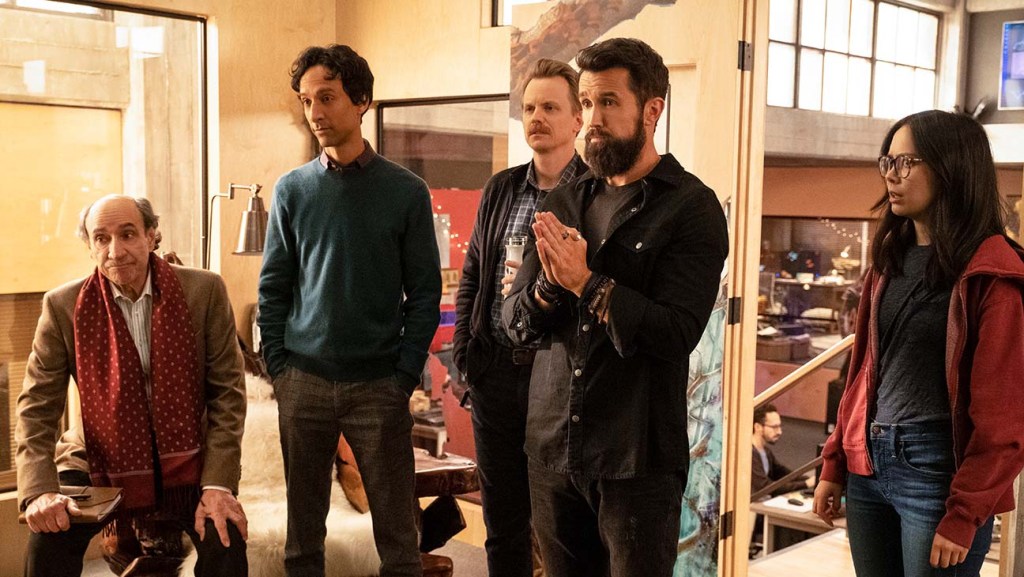
Mythic Quest
Mythic Quest is the youngest show on this list with it having aired only one season. As such, the gaming workplace comedy from Rob McElhenney, Megan Ganz, and David Hornsby hasn’t had much time to establish its structure. But if the creators follow through on their original plan for the series, it should be a prime example of season delineation done right.
The first season of Mythic Quest is actually called Mythic Quest: Raven’s Banquet. The Raven’s Banquet portion of that title refers to an in-universe expansion of the titular Mythic Quest game. In talking to Den of Geek prior to the series premiere, McElhenney revealed that each new season will receive a new subtitle based on the expansion the devs team is prepared to launch. The show has already somewhat followed through on this with the pandemic remote episode getting the title Mythic Quest: Quarantine.
This is a fun, easy way to give each new season of a show a unique flair and it’s a little surprising that more serialized shows don’t attempt something similar. On a more micro level, Mythic Quest’s first season set itself apart by having a seemingly unrelated flashback episode in episode 5 – the exact midway point of the season. This is indicative of a show that views the format of serialized TV storytelling as a tool. As time goes on, Mythic Quest is sure to establish itself as a show with a deep appreciation for structure.
